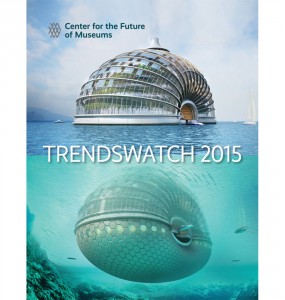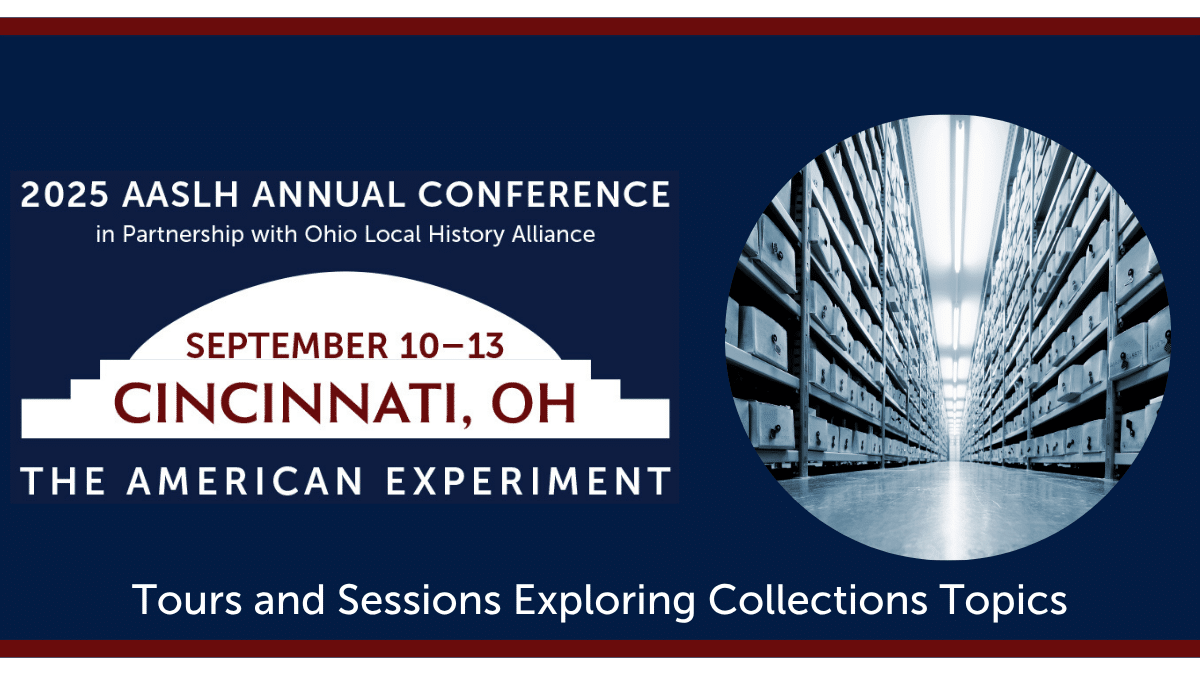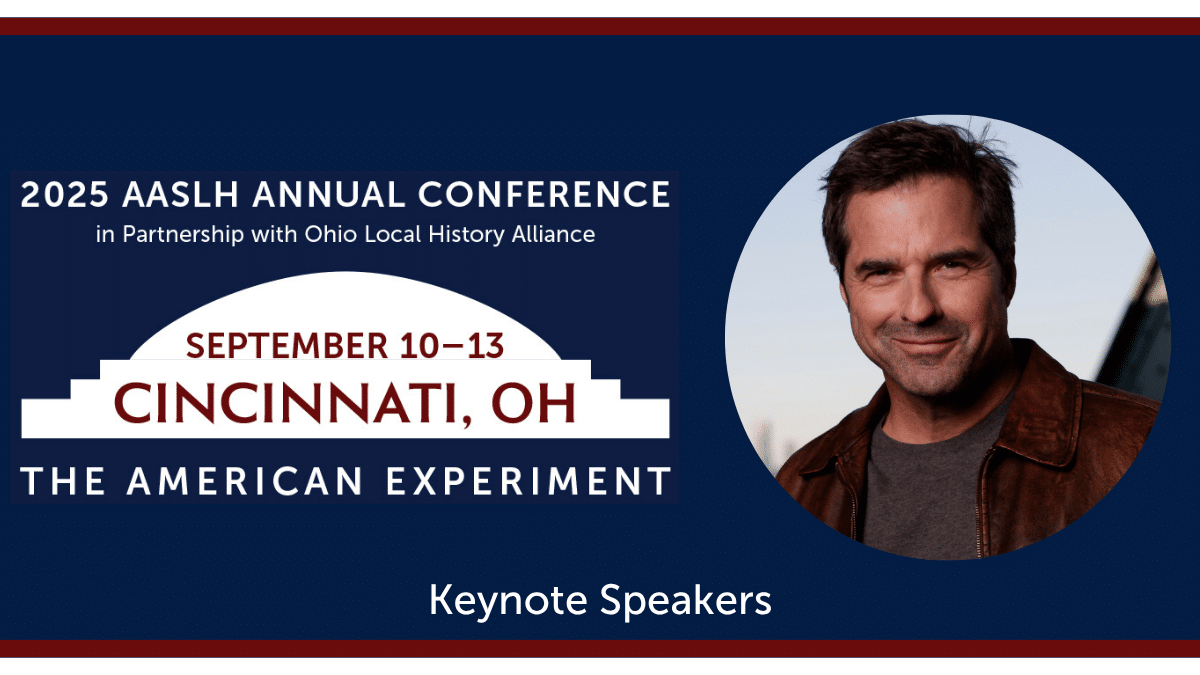Every year, the American Alliance of Museums‘ Center for the Future of Museums publishes a forecasting report that summarizes emerging trends in the museum world. The TrendsWatch reports explore how museum trends are playing out internationally as well as how other museums might engage with these new and exciting ideas. Reports from 2012-2015 are available as free downloadable PDFs, and include links to relevant articles, blogs, and readings for further consideration.
TrendsWatch 2015 focuses on on six key trends that are significant to museums and their communities:
- The “Open” Economy: filling the data pipeline
The open culture movement means that we live in a time where sharing of knowledge and creative products is almost expected. Some museums have almost their entire collections available online — what does this mean when audiences can view and share items without museum-provided context? How can they connect with each other by sharing collections? Will people still want to visit museums when they can see the artifacts at home? How should museums engage with this trend, and move from being authoritative voices that control information and access to collections, to moderators that invite multiple perspectives?
- Ethical Everything: managing the moral marketplace
Social justice issues are front page news, and the public increasingly demands transparency and accountability from the institutions it supports. How does this apply to museums? What are their responsibilities for implementing fair business and sustainable practices, when they “can’t take for granted that people think they are the good guys” (pg. 21)? Animal rights, labor issues, conflicts of interest, and selling and acquisition practices are just a few of the concerns museums may be called upon to address.

“Geisha: Beyond the Painted Smile.” Courtesy of the Peabody Essex Museum, Salem, MA
Via: Future of Museums blog
- It’s Personal: one size does not fit all
“Audiences of the future may expect museums’ products, communications, and experiences to be tailored to their interests and needs” (pg. 25). We live in a custom culture, where we can fine-tune everything from radio stations to our morning latte to our exact preferences. Personalized service is becoming the norm, but how can museums serve their diverse patrons (which may number in the millions) in such specific ways? Focusing on member relationships and interest groups is one way to start.
- A Rising Tide: the changing landscape of risk
Climate change and natural disasters are concerns for everyone, but especially for institutions that hold and protect our national treasures. A recent IMLS survey found that 34.6% of American museums are within 100 km of an ocean coast and particularly vulnerable to storms, floods, and rising sea levels. The National Register of Historic Places identifies another 90,000 individual historic properties that face similar risks. Museums must consider long-term risk projections for the safety and sustainability of their buildings and collections.
- Wearable Tech: when “bring your own device” means shirt and shoes
“Wearable tech is about seamless integration, invisibility, and blending technology into everyday life” (pg. 40). Wearables like Google Glass and many medical devices use technology to record and even respond to the wearers’ experiences. Many museums already take advantage of patrons bringing smartphones or tablets with them, and provide interpretive content that can be accessed on these devices. How will this change when the device is monitoring users directly? How might wearable tech pose a security risk?
- Slooow: better a tortoise than a hare
Slow food, slow travel, slow reading: all around the globe, people are realizing the benefits of taking things slow and focusing on the present. Our fast-paced, technology-driven, instant-gratification culture sometimes leaves much to be desired when it comes to meaningful experiences that increase our understanding and improve our well-being. As the influence of technology grows, so does the movement to periodically disconnect from the digital world and to experience life on a more thoughtful level. What does this mean for museums? How can they encourage patrons to slow down and really engage with the artifacts and ideas they present?
How will your museum or organization engage with these trends? Will they remain trends, or will they prompt long-term changes in the way museums function and serve their audiences? We encourage you to read the report for yourself and discuss it with your colleagues in the field.
Aja Bain is Program Coordinator at AASLH. She can be reached at [email protected] or 615-320-3203.






